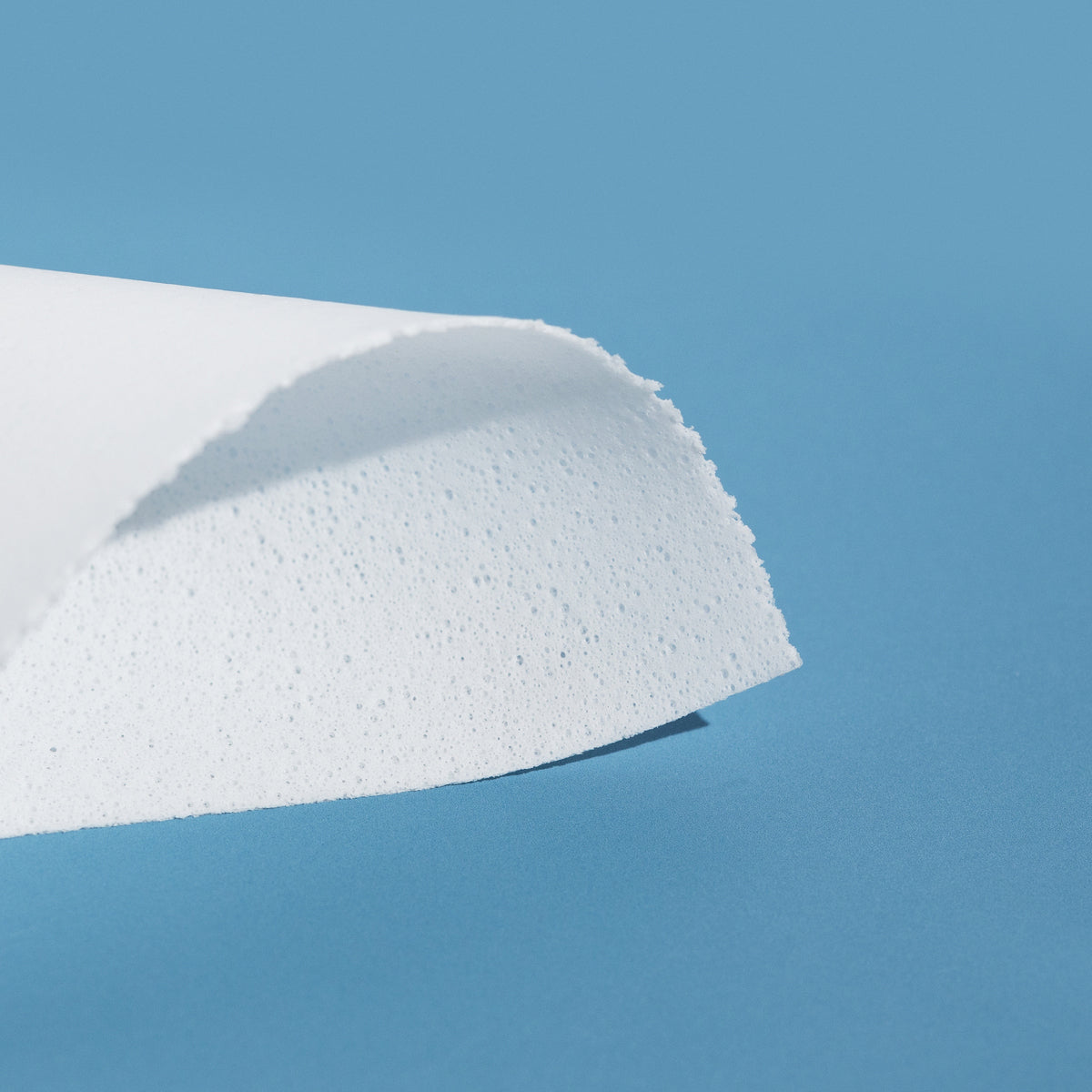Clownfish Collapse in Size as Ocean Temperatures Break Records
In the shallows of Papua New Guinea’s Kimbe Bay, scientists have documented a surprising adaptation among one of the ocean’s most recognizable fish. During a 2023 marine heatwave, orange clownfish—familiar to many as the inspiration behind *Finding Nemo*—began shrinking. Not just slimming down, but actually shortening their bodies to weather the rising temperatures of their coral reef home, as reported by AP News.
This previously undocumented response was observed across dozens of breeding pairs tracked over several months. The findings, now published in *Science Advances*, offer rare insight into how marine species are physically changing to survive extreme climate conditions.

Clownfish are shrinking their bodies during marine heatwaves.
The Heatwave That Triggered a Transformation
Between February and August 2023, researchers repeatedly measured 134 clownfish as ocean temperatures soared to levels resembling a “hot bath,” according to Newcastle University doctoral researcher Melissa Versteeg, whose team led the study alongside local organizations Mahonia Na Dari and Walindi Resort. The scientists discovered that nearly three-quarters of the adult fish shrank at least once during the period, decreasing in total length by several millimeters. These changes happened in mere weeks—not over a lifetime, as previously assumed in similar cases, according to Vox.
Unlike earlier studies that linked climate to stunted growth in birds and mammals over generations, this was physical shrinkage in mature individuals. The observation challenges assumptions about static adult body sizes and opens new possibilities for understanding animal adaptability.

This size reduction is a physical adaptation, not just weight loss.
A Strategy Rooted in Survival and Social Balance
The shrinking wasn’t random. It was synchronized, particularly within breeding pairs. Versteeg’s team found that pairs where both fish shrank together had better odds of surviving the heatwave. The behavior, documented in the wild for the first time in reef fish, helps sustain clownfish social structure, Sustainability Times reports.
Clownfish live in tight-knit social hierarchies, often with one dominant breeding pair and several subordinate members. Size plays a critical role in that hierarchy. When heat stress reduced food availability or oxygen levels, shrinking may have reduced the energy and oxygen needs of the fish. Coordinated downsizing likely helped avoid social conflict and maintain reproductive bonds.
Speaking to the The Washington Post, Newcastle marine ecologist Dr. Theresa Rueger emphasized how this size shift offered advantages: smaller fish may manage heat stress better and require fewer resources—both of which are scarce in warming seas.
 The phenomenon was discovered during a 2023 heatwave in Papua New Guinea.
The phenomenon was discovered during a 2023 heatwave in Papua New Guinea.
Beyond Clownfish: A Broader Pattern in a Warming Ocean
Clownfish aren’t alone. Scientists have linked higher global temperatures to shrinking trends in a range of species, from birds to mammals. A 2019 study showed that North American birds shrank by an average of 2.6% over several decades. But the clownfish response is distinct because it occurs rapidly, during the adult life stage, and in direct response to a single environmental event.
Thermal stress may trigger these changes by limiting the availability of oxygen and nutrients. Smaller bodies have less demand and are more efficient under strained conditions. There’s even speculation that clownfish, like marine iguanas, may be reabsorbing bone or fat tissue to reduce size, though more study is needed to confirm this hypothesis, BBC News reports.

Scientists measured 134 clownfish monthly and saw widespread shrinkage.
The Limits of Adaptation
Despite this remarkable display of flexibility, adaptation has its limits. The heatwave that prompted this discovery was the first of three consecutive ones in the region. Many of the clownfish studied didn’t survive them all. Coral bleaching—another side effect of heat stress—is stripping clownfish of their sea anemone homes. These vibrant, venomous hosts are essential for clownfish survival, offering shelter and protection. Without them, even the most adaptive clownfish may struggle to persist.
Moreover, this shrinking behavior is not a cure-all. As pointed out by University of Massachusetts fish biologist Joshua Lonthair in The Washington Post, if shrinking turns out to be a widespread response to environmental pressures, it may fundamentally alter how scientists understand growth and maturity in marine life.
Looking Ahead
The clownfish shrinking phenomenon marks a breakthrough in how marine biologists interpret resilience. It’s a glimpse into the extraordinary ways wildlife tries to keep pace with a planet in flux. While researchers continue to explore the exact mechanisms behind this body-size shift, one thing is clear: even iconic species like the clownfish are being reshaped by climate change—literally.
Understanding these changes is crucial, not just for preserving individual species, but for forecasting the health of entire marine ecosystems. In a world growing hotter by the year, adaptation may be the difference between survival and extinction.





























































































































































































































































































































































